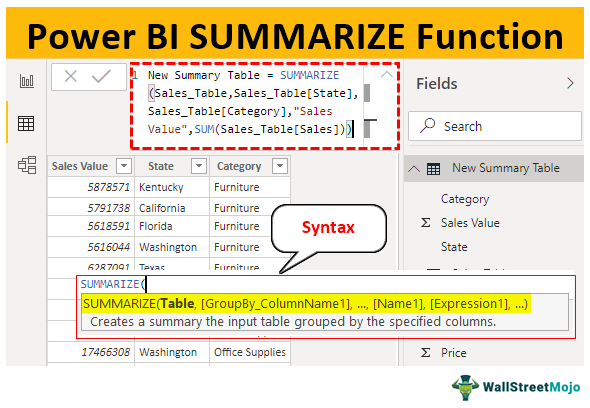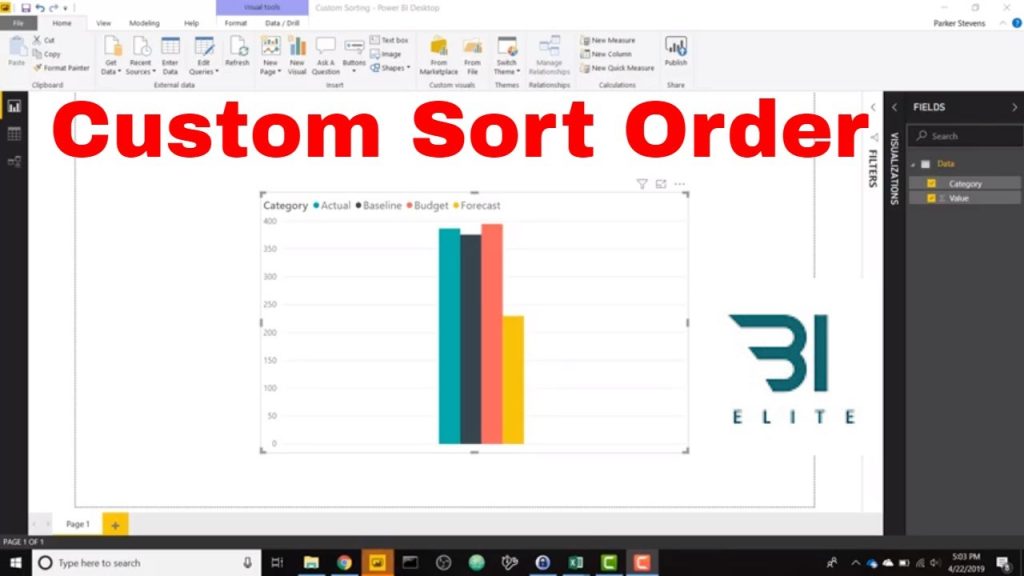Introduction
When working with business data, clarity and accuracy matter most. In Power BI, two features play a vital role in ensuring meaningful insights: Default Summarization vs Sorting. Summarization gives you totals, averages, or counts automatically, while sorting ensures data is presented in the right order.
At first glance, Default Summarization vs Sorting may appear simple. But incorrect use of these features can lead to misreported KPIs, inaccurate dashboards, and confused stakeholders. In this blog, we’ll explore everything professionals need to know about Default Summarization vs Sorting in Power BI, backed with examples, industry use cases, and hands-on tips.
If you’re taking a Power BI crash course or advanced Power BI server training, understanding this topic is non-negotiable.
What is Default Summarization in Power BI?

Default Summarization vs Sorting starts with summarization. When you drag a numeric field into Power BI, the system automatically applies a default aggregation. This is usually SUM, but it can also default to:
- Average – To calculate the average of values.
- Count – To count rows or entries.
- Min / Max – To show the smallest or largest number.
- Do Not Summarize – To display raw values.
This part of Default Summarization vs Sorting makes it easy to generate quick totals. However, relying on defaults without checking can give misleading numbers.
Real-World Example of Default Summarization
Suppose you’re analyzing a sales dataset. You have:
- TransactionID
- CustomerID
- SalesAmount
If you drag TransactionID into a chart, Power BI tries to SUM it. This doesn’t make sense because IDs are unique. Instead, you should apply COUNT to know the number of transactions.
This demonstrates why this requires attention. The default may not always align with business requirements.
How to Change Default Summarization
To customize summarization in Power BI:
- Add the field to a visual.
- Right-click on it in the Values area.
- Choose SUM, AVERAGE, COUNT, MIN, or MAX.
For long-term consistency, set the summarization at the Data model level. This ensures it works correctly across all reports.
What is Sorting in Power BI?
The second half of Default Summarization vs Sorting is sorting. Sorting organizes data logically—alphabetically, numerically, or in a custom sequence. Sorting makes dashboards easier to read and insights easier to identify.
Real-World Example of Sorting

Imagine a chart showing monthly sales. By default, Power BI may sort months alphabetically April before January. This creates confusion.
By applying Sort by Column, you can fix the sequence (Jan, Feb, Mar). This example shows why it is essential for accurate reporting.
Sorting Options in Power BI
Sorting in Power BI can be applied in several ways:
- Sort Ascending / Descending – Quick and easy.
- Sort by Column – Useful for ordering months, fiscal quarters, or custom categories.
- Custom Sort – By creating an index column to define order.
These options ensure that Default Summarization vs Sorting supports both accuracy and readability.
Key Differences: Default Summarization vs Sorting
Here’s a simple breakdown of Default Summarization vs Sorting:
| Feature | Default Summarization | Sorting |
|---|---|---|
| Definition | Aggregates numerical data (SUM, AVG, COUNT) | Orders values in a sequence |
| Purpose | Provides summarized insights | Improves readability of visuals |
| Data Type | Numeric fields | Numeric, categorical, or text |
| Risk | Misapplied aggregation skews KPIs | Wrong order confuses audience |
| Example | SUM of Sales = Total Revenue | Sort months chronologically |
Understanding these differences ensures you use Default Summarization vs Sorting correctly in dashboards.
Why Default Summarization vs Sorting Matters
Both summarization and sorting directly impact decision-making. Using the wrong summarization may inflate revenue. Incorrect sorting may hide seasonal trends.
For example:
- Finance teams risk misstating revenue if they SUM IDs instead of amounts.
- Retail teams risk missing seasonal insights if months are alphabetically sorted.
This is why Default Summarization vs Sorting is taught early in any Power BI crash course and reinforced in advanced Power BI server training.
Hands-On Tutorial: Applying Default Summarization vs Sorting
Let’s take a sample dataset:
| Month | Product | SalesAmount | Transactions |
|---|---|---|---|
| Jan | A | 2000 | 50 |
| Feb | B | 3000 | 70 |
| Mar | A | 4000 | 90 |
Step 1: Default Summarization
- Drag SalesAmount into a chart.
- Power BI automatically SUMs it.
- You now see total monthly sales.
If you need average transaction size, switch from SUM to AVERAGE. This is the practical side of Default Summarization vs Sorting.
Step 2: Sorting
- Power BI may sort months alphabetically.
- Use Sort by Column to sort by Month Number.
Now the chart shows Jan → Feb → Mar. This reinforces how Default Summarization vs Sorting ensures accuracy in reporting.
Common Mistakes in Default Summarization vs Sorting
- Relying on defaults blindly – Always check SUM vs COUNT vs AVG.
- Ignoring sorting order – Alphabetical months is a frequent error.
- Not using model-level settings – Causes inconsistency in team dashboards.
- Mixing categories wrongly – Sorting product names by numbers without logic.
These mistakes can ruin the reliability of Default Summarization vs Sorting.
Best Practices for Default Summarization vs Sorting
- Always confirm aggregation methods.
- Use Sort by Column for custom orders.
- Set default summarizations in the model for consistency.
- Document which fields should be SUM, COUNT, or AVG.
- Reinforce training via a Power BI crash course for new users.
These practices help businesses apply Default Summarization vs Sorting efficiently.
Industry Relevance of Default Summarization vs Sorting
According to a Gartner survey, over 70% of data reporting mistakes occur due to poor aggregation or sorting. Misunderstanding Default Summarization vs Sorting can cost businesses valuable insights.
- Finance: Wrong summarization can misrepresent profit margins.
- Healthcare: Wrong sorting can mislead treatment trend analysis.
- Retail: Seasonal trends can disappear with incorrect sorting.
This shows why mastering Default Summarization vs Sorting is a must for professionals.
How H2K Infosys Training Helps
At H2K Infosys, our Power BI crash course introduces learners to the fundamentals of Default Summarization vs Sorting with real-world exercises. Advanced learners in Power BI server training explore deeper model-level settings, governance, and enterprise reporting practices.
Our training ensures you never make costly mistakes when applying Default Summarization vs Sorting in business reports.
Conclusion
- Default Summarization vs Sorting is central to accurate reporting in Power BI.
- Default summarization aggregates values (SUM, COUNT, AVERAGE).
- Sorting organizes values into logical, business-friendly sequences.
- Misuse of either leads to misleading dashboards.
- Correct application ensures clear insights and informed decision-making.
Master the right use of Default Summarization vs Sorting in Power BI. Enroll in H2K Infosys’ Power BI crash course or Power BI server training today to build professional reporting skills
























